Tourist Attractions
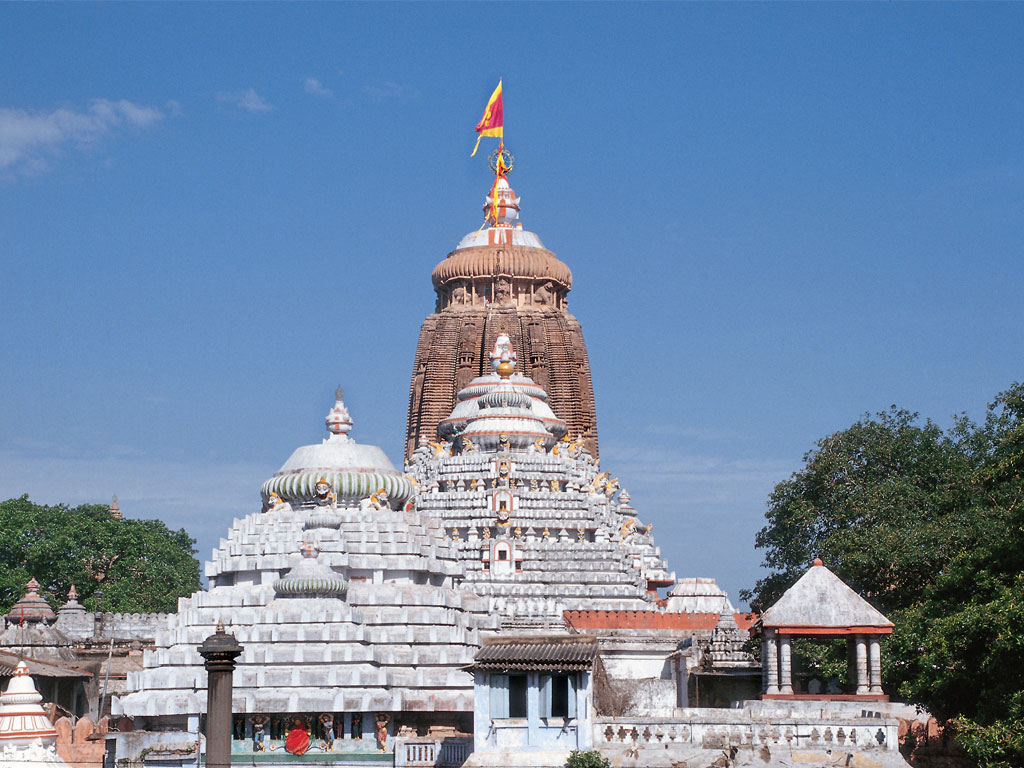
JAGANNATH TEMPLE
The historic Jagannath Temple in Puri was originally built in 1078 and underwent renovations to its current form in 1174. An intriguing aspect of the temple is that its flag always flaps in the opposite direction of the air currents. Additionally, regardless of one’s location in Puri, the Sudarshan Chakra atop the temple is always facing towards them. This phenomenon is contrary to the typical direction of air flow, as in Puri, the breeze moves from land to sea during the day and reverses in the evening. Remarkably, no birds or planes fly directly over the temple, and the shadow of its main dome remains unseen throughout the day. Inside the temple, the quantity of cooked food remains constant year-round, yet this prasadam can serve thousands or even millions of people without any wastage. Moreover, upon entering the temple from the Singhadwara entrance, the sound of the ocean becomes inaudible, but upon exiting, the sound is clearly audible, particularly in the evening.
PURI SEA BEACH
Puri Sea Beach, situated along the shores of the Bay of Bengal, is renowned as a beloved tourist destination and a sacred site in Hinduism. It draws numerous devotees and ocean enthusiasts, inviting both Indians and foreigners to partake in purifying dips. The beach’s serene landscape, adorned with brushed sand dunes, stunning sunsets, intricate sand art crafted by local artists, the rhythmic roar of the waves, and the bustling activity of local fishermen, offers ample reasons for visitors to revel in the beauty of this captivating beach.


CHANDRABHAGA BEACH
A visit to Chandrabhaga Beach in Konark often concludes the tour to the Sun Temple, although it’s not an official rule. This serene beach serves as an ideal location to start your day, offering a tranquil stretch perfect for picnics, swimming, boating, and unwinding.
KONARK SUN TEMPLE
The renowned Sun Temple at Konark stands as the epitome of Odisha’s temple architecture, characterized by its structural innovation and captivating aesthetics. This temple also signified the transition towards the conclusion of an era of art and architectural style that distinguished Odisha with a unique identity amidst a world of imitators. Originally constructed on the golden sands of the beach, the Sun Temple now rests 2 kilometers away from its original location.
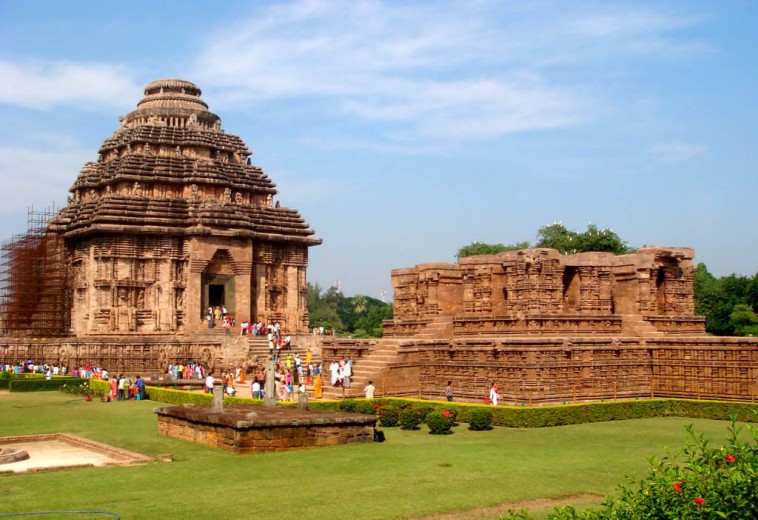
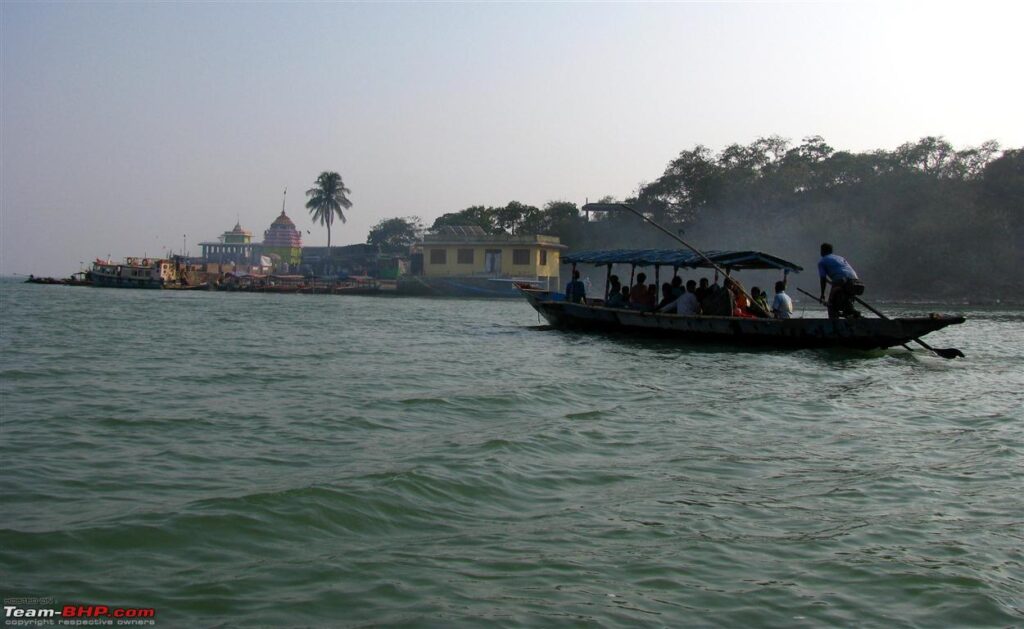
CHILIKA LAKE
A visit to the Chilika Lake Bird Sanctuary promises a memorable journey that will stay with you for a lifetime. Spanning across 1,100 square kilometers of pristine blue waters, lush green hills, and boasting a remarkable array of avian, aquatic, reptilian, and animal species, a tour to Chilika offers a rejuvenating experience immersed in Orissa’s bird kingdom. Situated within the largest inland brackish (saltwater) lake in Asia, this sanctuary showcases the natural splendor and biodiversity of the region.
NANDANKANAN
Nandankanan is nestled amidst the natural splendor of the forest adjoining the Chandaka-Dampara Wildlife Sanctuary, close to Kanjia Lake near Baranga Railway Station on the Cuttack-Bhubaneswar route. It holds the distinction of being the only zoo in India to house Patas monkeys, Eastern Rosellas, and Open-billed Storks. Additionally, it boasts rare species such as Orangutans (the other zoo being in Kanpur Zoological Park, Uttar Pradesh), Indian Pangolins (others found in Jhargram Zoo, West Bengal), Spotted Munias (others housed in Sayajibaug Zoo, Gujarat), and Burmese Pythons (others residing in Culcatta Snake Park, West Bengal). Furthermore, it is one of only three zoos in India to showcase Green-winged Macaws, Cinereous Vultures, and Nicobar Pigeons.
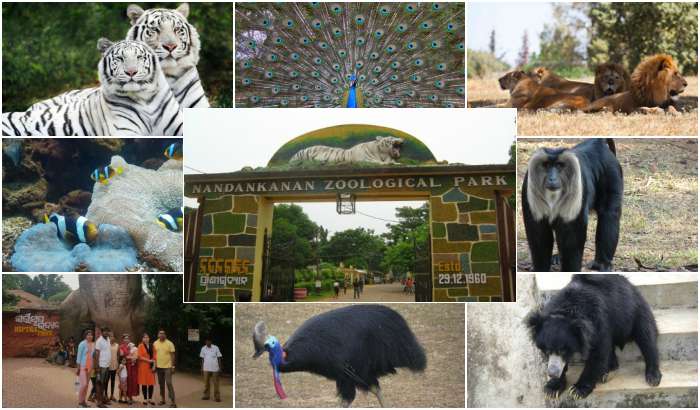
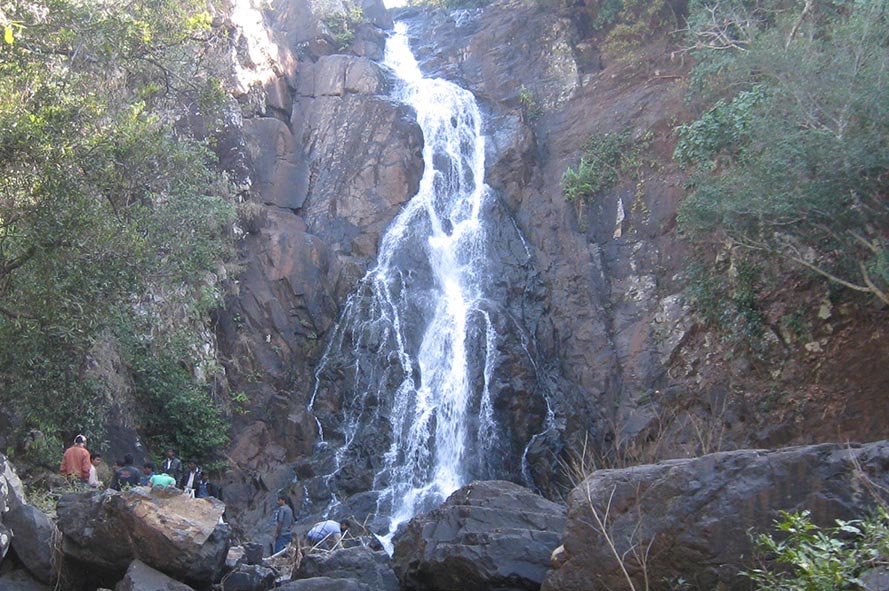
SIMLIPAL
Simlipal National Park is renowned for being home to three of India’s largest animal species: the Tiger, Asian Elephant, and Gaur. Encompassing a vast area of 2750 square kilometers, the park sits at an altitude of 559.31 meters. The Simlipal Tiger Reserve is acclaimed for its exceptional tiger conservation efforts in India. Situated in the heart of Mayurbhanj district in the northeastern part of Odisha, the park is enveloped by dense deciduous trees and Sal forests. With 12 rivers traversing its expanse and surrounded by thick wooded slopes, ridges, lush grasslands, and enchanting waterfalls, Simlipal National Park offers a captivating natural landscape.
BHITARKANIKA
Bhitarkanika National Park is situated in the Kendrapara District of Odisha, in eastern India. Established in 1998, the park encompasses a core area of 145 square kilometers within the larger Bhitarkanika Wildlife Sanctuary, which spans over 672 square kilometers.
This national park is renowned for its diverse wildlife, including the endangered Saltwater Crocodile, White Crocodile, Indian Python, King Cobra, Black Ibis, Darters, and various other species of flora and fauna. It stands as one of the largest mangrove ecosystems in India, characterized by its unique habitat of mangrove forests intertwined with numerous creeks and mudflats.
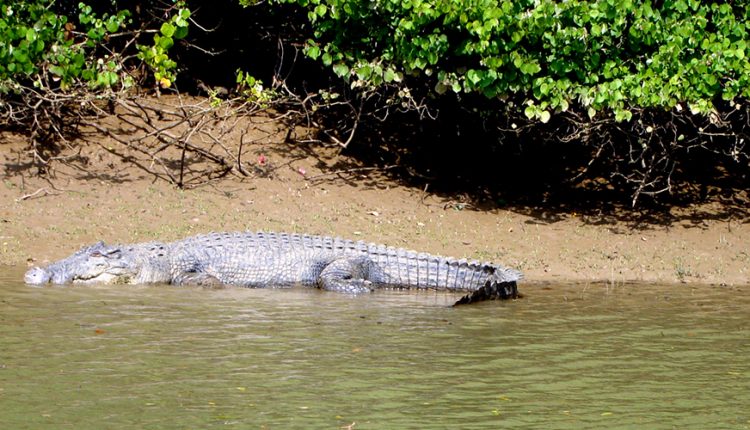
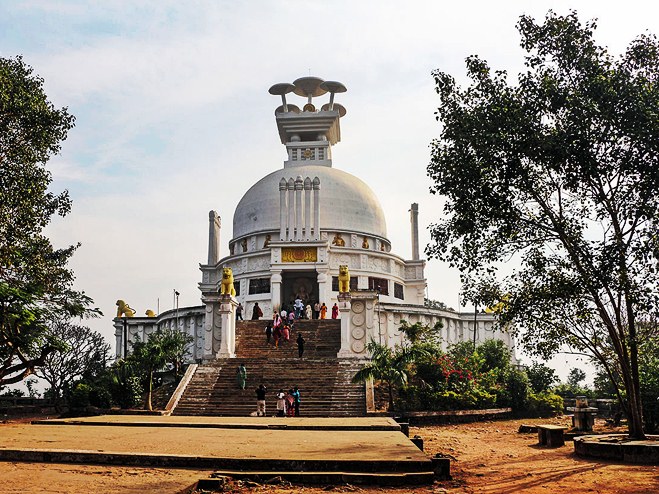
DHAULIGIRI
Dhauli, also known as DHAULIGIRI , is situated on the banks of the River Daya, approximately 8 kilometers south of Bhubaneswar, the capital city of Odisha. Along the path to the summit of the hill, you’ll discover magnificent Edicts of Ashoka carved into a large rock. These edicts, composed in the Brahmi script and using the Prakrit language, are significant to Buddhism. Another notable attraction at Dhauli is the Shanti Stupa, whose foundation was laid by the Japan Buddhist Sangha. As a result, Dhauli is a must-visit destination for devout followers of Lord Buddha.
LINGARAJ TEMPLE
Bhubaneswar, the capital of Odisha, is renowned for its plethora of temples, many of which hold significant architectural importance. Among these, the Lingaraj Temple stands out as a remarkable example of Odisha’s distinctive temple architecture. Dating back approximately a thousand years, it is considered the oldest and largest temple in Bhubaneswar. The temple’s impressive structure reflects the distinct Kalinga style of architecture, while its intricate sculptures exemplify the pinnacle of aesthetic craftsmanship. Constructed primarily from red sandstone, the Lingaraj Temple is characterized by its deep-hued stone, adding to its grandeur. Covering a vast expanse of land in Bhubaneswar, the temple complex is truly expansive and awe-inspiring.
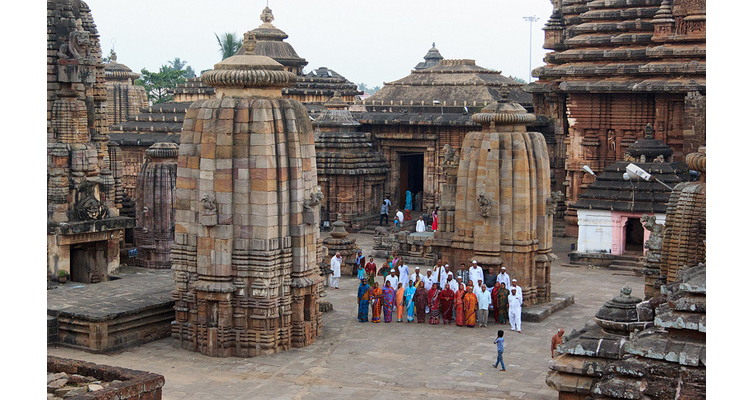
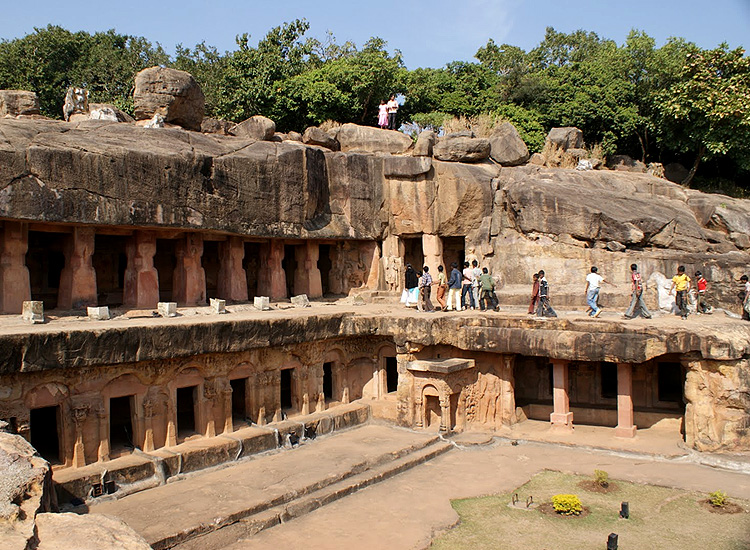
KHANDAGIRI and UDAYAGIRI
The twin hills of Khandagiri and Udayagiri are situated near the town of Bhubaneswar. National Highway No.5 runs in close proximity to these hills. These two hills are significant for their early examples of Jaina rock-cut architecture in eastern India, showcasing a blend of architecture, art, and religion. Discovered in 1825 A.D., Udayagiri, meaning “Sunrise Hill,” comprises 18 caves, while Khandagiri has 15 caves.
